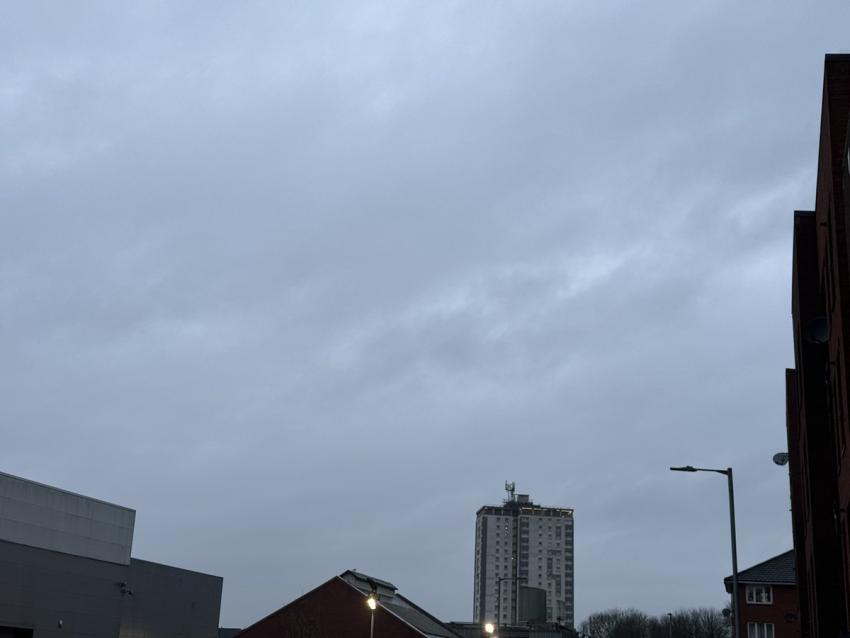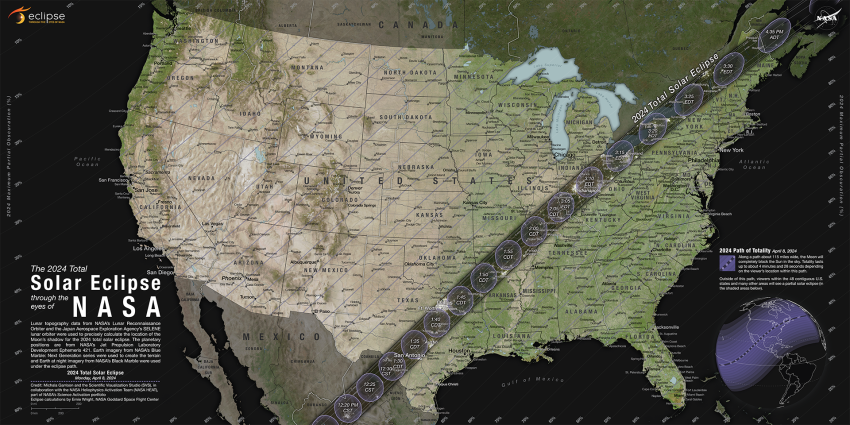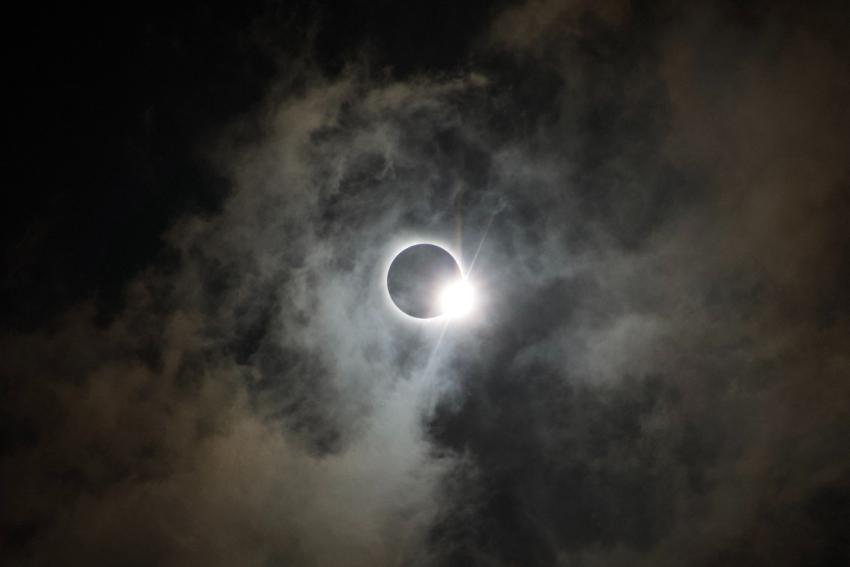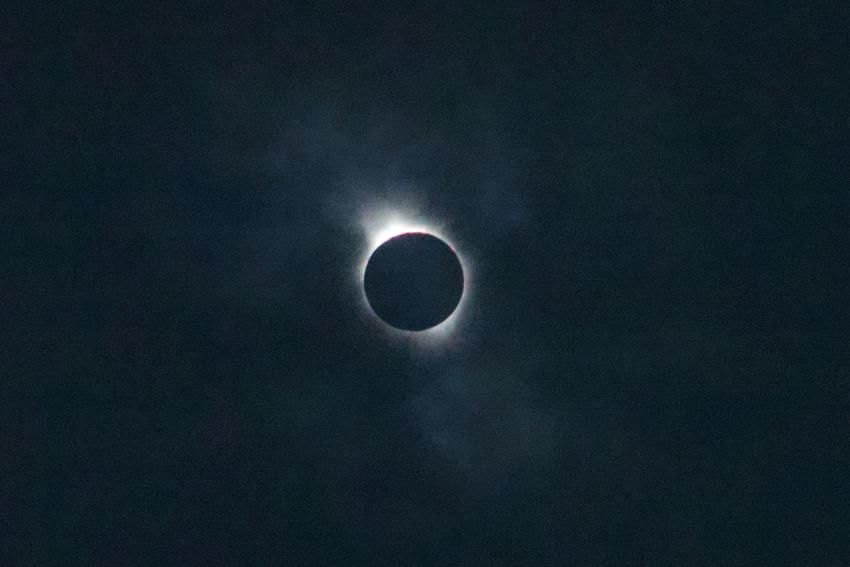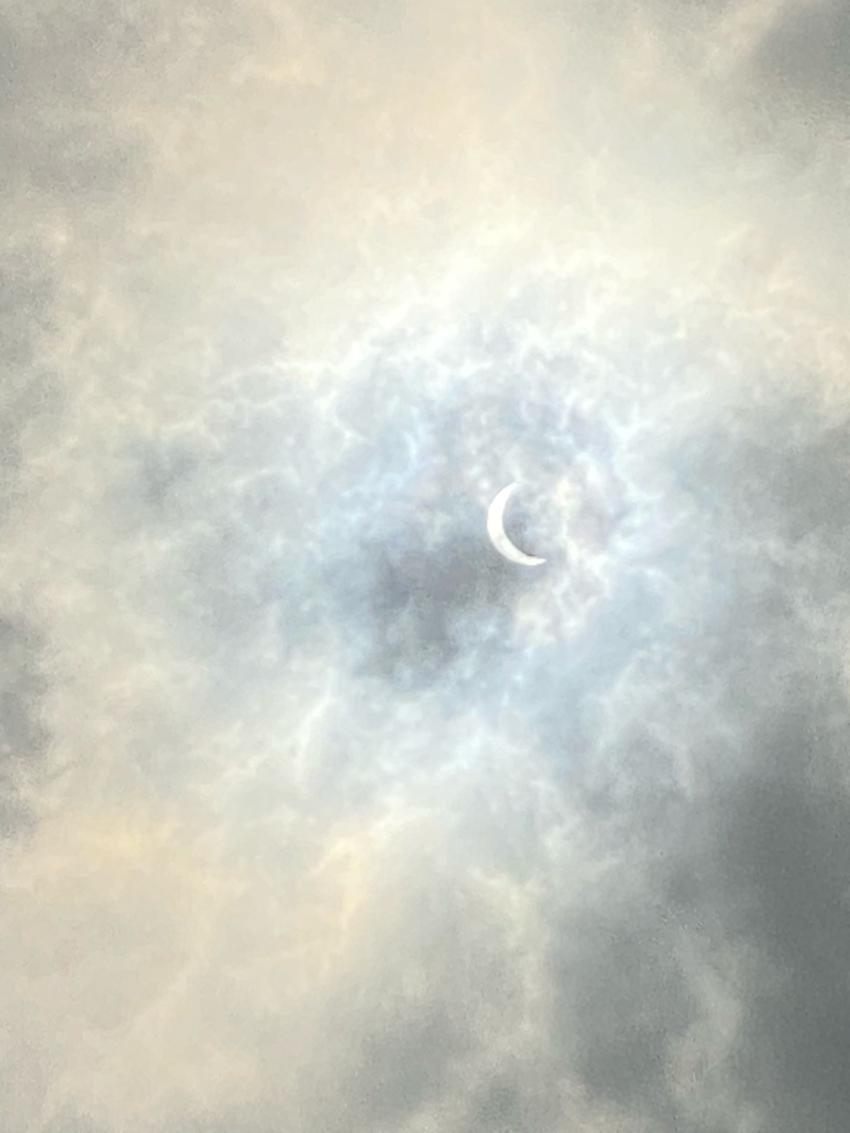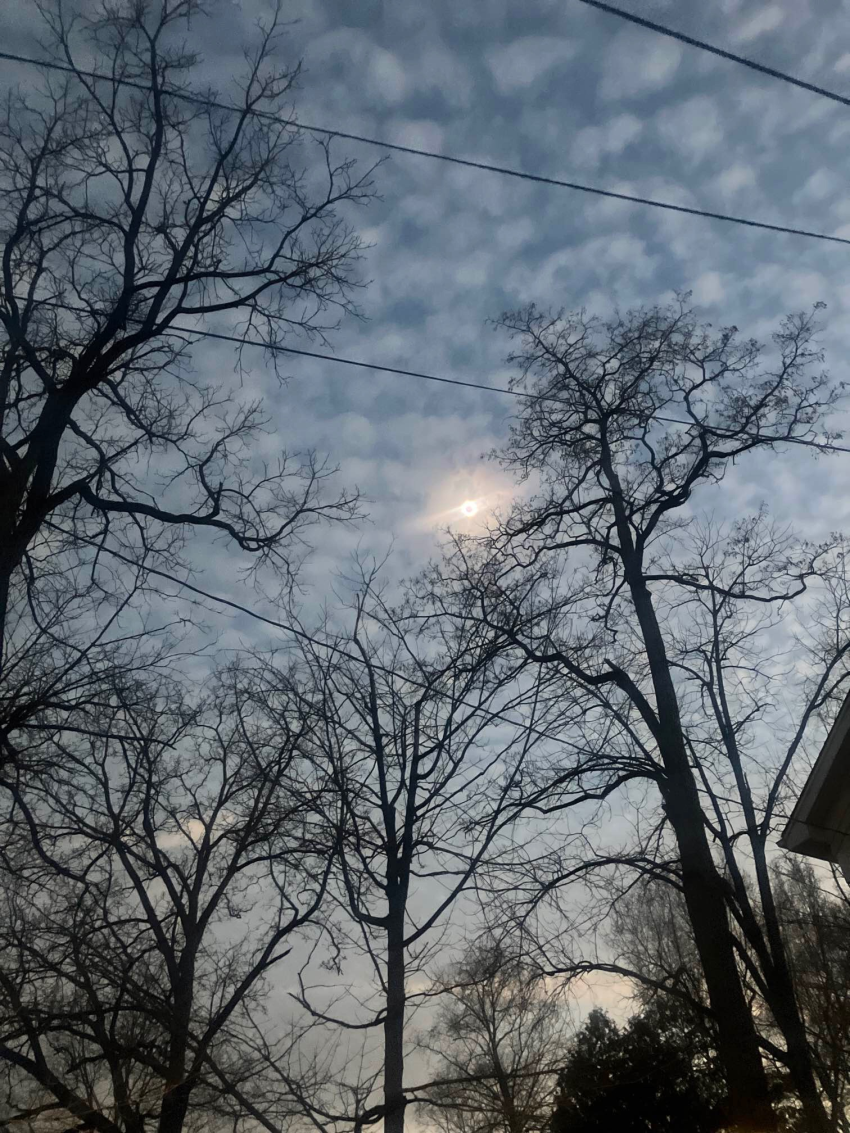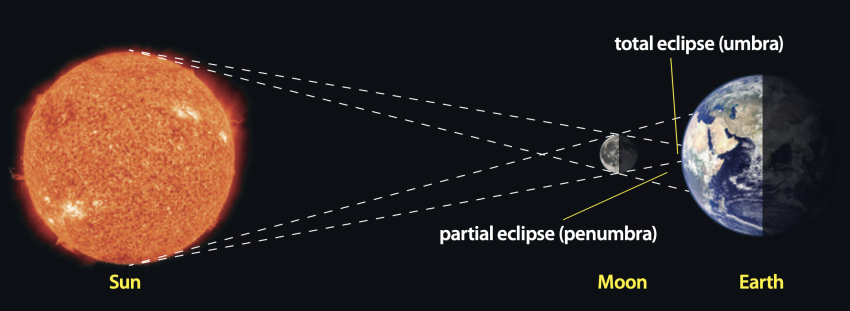This beautiful image of the Sun slightly obscured by the Moon reveals what the ‘Great American Eclipse’ looked like from the UK.
Tens of millions of people across the US, Mexico and Canada got to savour an awe-inspiring view of a total solar eclipse on Monday 8 April, but sadly only a few in the UK and Ireland got to witness even a partial eclipse.
Most people living in western parts of the two countries missed out because of cloud cover.
However, Royal Astronomical Society Fellow Callum Potter was lucky enough to catch a glimpse of the partial eclipse on Rousay, one of the remote Orkney Islands, because skies were clear in northern and western Scotland.
He snapped a picture of the natural phenomenon - which happens when the Moon crosses paths with the Sun and blocks it from view - after cycling round to the north west side of the island to get a clear view of the Sun setting into the Atlantic.
"It had been a fine sunny day, but as the evening approached, clouds gathered so I had some doubts about the prospects for the eclipse," Mr Potter said.
"To be honest, I did not really see the eclipse at the time, but took plenty of photos hoping I might catch something. It was tricky trying various camera settings, manual focus and live-view. Sunset came and I spent a while just reflecting on the view. Back home I found the eclipse on a couple of frames - a really lucky break."
The solar eclipse's path of totality - where it was fully visible - ranged from Mexico’s Pacific coast to US states including Texas, Illinois, Ohio and New York.
It then made its way to Canada, moving from the city of Montreal to the provinces of New Brunswick and Newfoundland.
The last time a total solar eclipse was seen from the UK was in 1999, although the only place to witness totality was Cornwall. Such a spectacle will not be visible again from the UK until 23 September 2090, or 3 September 2081 from the Channel Islands.
There are between two and five solar eclipses each year, with a total eclipse taking place somewhere in the world every 18 months or so.
Total solar eclipses are seen every 400 years from any one place on the surface of the Earth.
Media contacts
Sam Tonkin
Royal Astronomical Society
Mob: +44 (0)7802 877700
Notes for editors
About the Royal Astronomical Society
The Royal Astronomical Society (RAS), founded in 1820, encourages and promotes the study of astronomy, solar-system science, geophysics and closely related branches of science.
The RAS organises scientific meetings, publishes international research and review journals, recognises outstanding achievements by the award of medals and prizes, maintains an extensive library, supports education through grants and outreach activities and represents UK astronomy nationally and internationally. Its more than 4,000 members (Fellows), a third based overseas, include scientific researchers in universities, observatories and laboratories as well as historians of astronomy and others.
The RAS accepts papers for its journals based on the principle of peer review, in which fellow experts on the editorial boards accept the paper as worth considering. The Society issues press releases based on a similar principle, but the organisations and scientists concerned have overall responsibility for their content.


